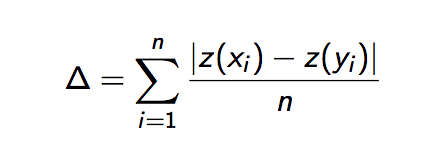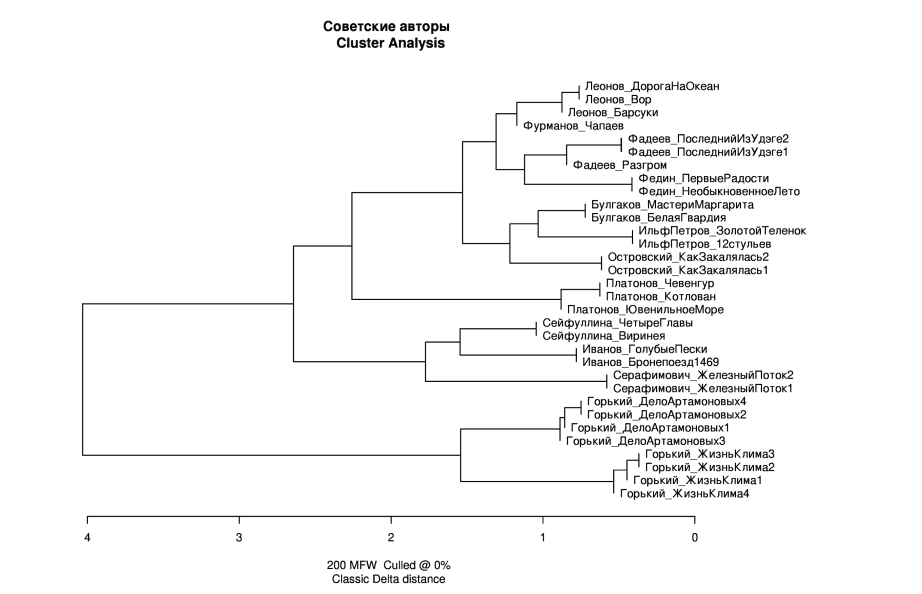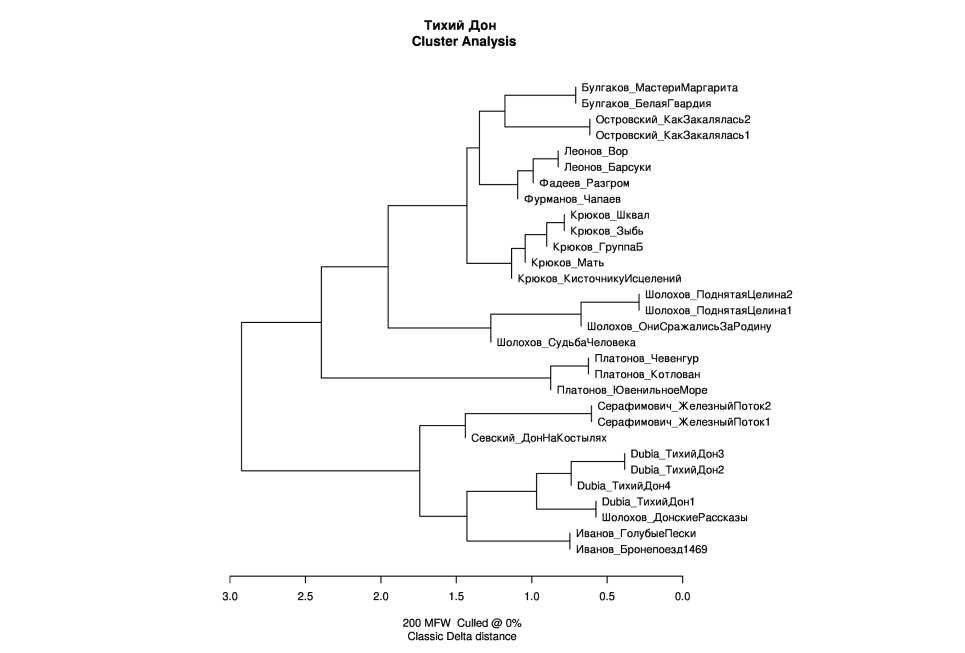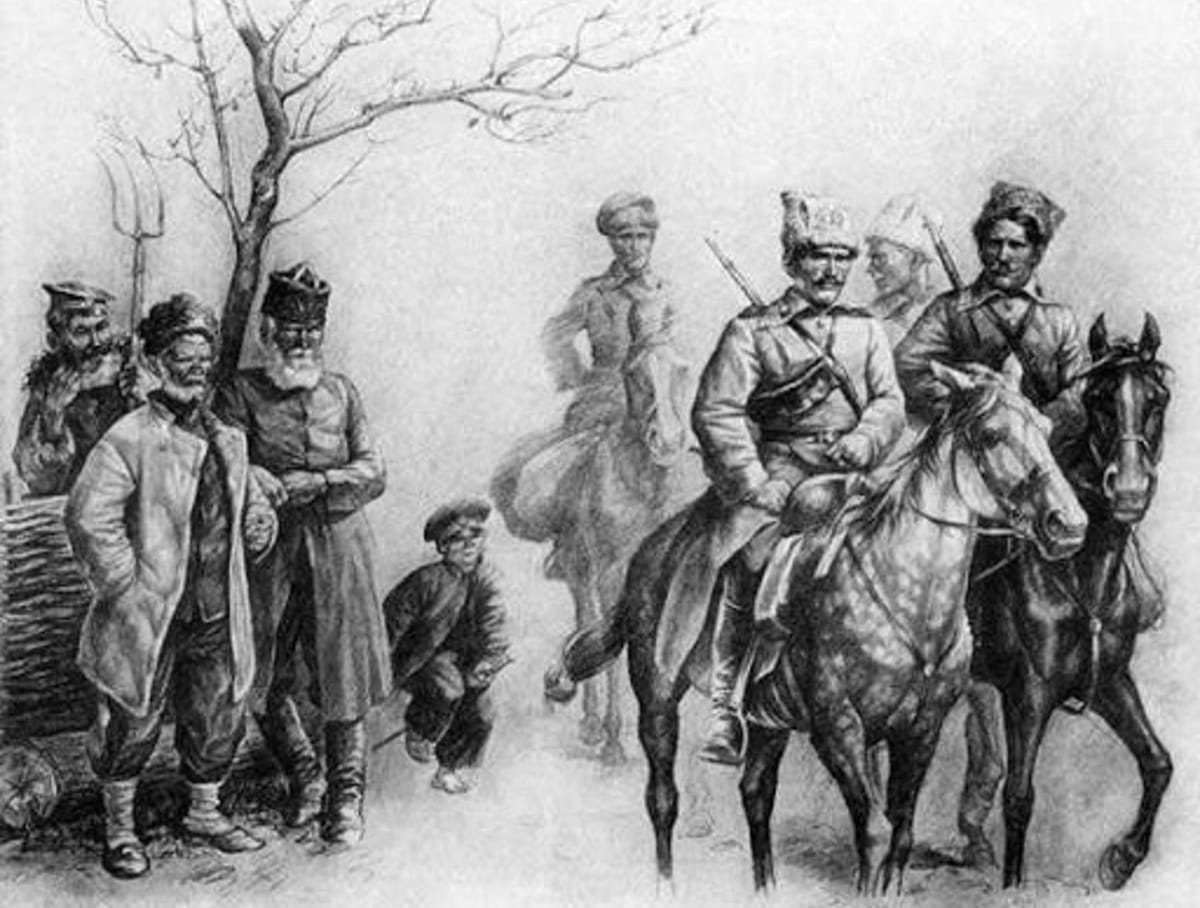The novel “Quiet Don” is the subject of one of the most fierce literary disputes of the last century. Some experts believe that Sholokhov’s authorship is undeniable, others name various names of the possible real creators of the novel: Fyodor Kryukov, Alexander Serafimovich, Viktor Sevsky. We decided to find out whether doubts about Sholokhov’s authorship are true.
Every year new articles appear in scientific publications and in Media, dedicated to the question of who wrote “Quiet Don”. Journalists interview specialists and even Cossacks, are held regularly "Kryukov readings", whose participants continue to prove that the real author of the novel is not Mikhail Sholokhov, but Fyodor Kryukov. Regularly these disputes arise and on social networks.
The question of the authorship of “Quiet Don” arose almost immediately after the release of the first two volumes of the novel in 1928. Rumors spread throughout Moscow, and then throughout the provinces in literary circles, that the young 23-year-old writer was actually a plagiarist. The rumors became more and more intense, and the General Secretary of the Central Committee, Stalin, asked the People's Commissar for Foreign and Domestic Trade, Anastas Mikoyan, whether this was true. IN letter to my wife Sholokhov called this organized persecution and said that he sent a letter to the Pravda newspaper with a request to deal with the slanderers. The rumors were varied - the most popular told about a woman who came either to the editorial office of Pravda, or directly to the Central Committee, and reported that she was the mother of the officer from whom Sholokhov allegedly stole the manuscript.
Maria Ulyanova, who worked on the editorial board of Pravda, drew attention to the scandal; a special commission within RAPP (Russian Association of Proletarian Writers) took up the case of alleged plagiarism. March 29, 1929 on the pages of Pravda the verdict has appeared: There can be no talk of plagiarism, and all rumors are nothing more than “vicious slander.” “Any reader, even one who is not experienced in literature, who knows Sholokhov’s previously published works, can easily notice the stylistic features, style of writing, and approach to depicting people that are common to those early works of his and to Quiet Flows the Don,” says the conclusion of the RAPP secretariat, which was signed, in addition to the head of RAPP Leopold Averbakh, Alexander Serafimovich and Alexander Fadeev.
This scandal was followed by another. Now Sholokhov was accused of stealing the novel from theater critic Sergei Goloushev. In 1930 in book, dedicated to the writer Leonid Andreev, a letter was published in which Goloushev spoke about his “Quiet Don”. This is what he called his travel notes about the Cossacks, which, by the way, Andreev did not publish. In a letter to Serafimovich Sholokhov complained, that his opponents have raised their heads again and are spreading rumors that he is not releasing the third volume due to his inability to independently continue Goloushev’s work. Later it turned out that these notes had already were published in 1917 under the title “From the Quiet Don” and under the pseudonym “Sergei Glagol”, and they are not at all similar to Sholokhov’s novel. The third one did not come out, as follows from letters Sholokhov’s relatives, because of the ideological changes that one of the RAPP ideologists, Alexander Fadeev, wanted to make.
After the release of the remaining parts of the novel, the conversation about the author of “Quiet Don” changed somewhat. The following version became dominant: the first parts of the novel were written by someone else, but the last parts were still written by Sholokhov. The authors were named differently, but as a result, three writers became the main contenders for the creation of “Quiet Don”: Fyodor Kryukov, Alexander Serafimovich and Viktor Sevsky. All three were from the Don, were familiar with Cossack life, and all of them were older than Sholokhov. Fyodor Kryukov died (according to another version, he was killed, moreover, by Sholokhov’s father-in-law) in 1920. He left behind a significant number of stories about the Don and the Cossacks. The largest monograph, proving his right to be considered the author of the novel, was written by Irina Medvedeva-Tomashevskaya in 1974. The preface for her book “The Stirrup of the Quiet Don” was written by Alexander Solzhenitsyn. Medvedeva-Tomashevskaya believed that the first two volumes were completely borrowed from Kryukov. The key textual argument for her was the absence of manuscripts of the first and second volumes (later the manuscripts were found and published). The second version is the authorship of Serafimovich. In particular, Mikhail Anikin, an employee of the Hermitage, wrote about this. He researched the similarity of the style of the two writers and came to the conclusion that all of Sholokhov’s works were written by Serafimovich. Finally, philologist Zeev Bar-Sella defends version about the authorship of Viktor Sevsky, another native of the Don, who died in 1920. In his opinion, Sevsky’s manuscripts ended up in the Cheka and were subsequently published under the name of Sholokhov. We are, again, talking about the first half of the epic.
To determine the authorship of “The Quiet Don”, by the end of the 20th century, mathematical methods began to be used. Moreover, the results were very different. For example, Candidate of Physical and Mathematical Sciences Andrey Zenkov tried it on the works of Sholokhov, the statistical method of stylometry. Based on the frequency of use of numerals in texts, he determined stylistic unity. As a result, Zenkov came to the conclusion that “Quiet Don” was not written by Sholokhov. In the 1970s, a group of scientists from Norway and Sweden (Geir Hjetso, Sven Gustafsson, Bengt Beckman and Steinar Gil) conducted a comparative study texts by Sholokhov and Kryukov. Similar fragments were selected for analysis, with a total of just under 150 thousand words. Comparison was carried out according to several parameters: length of sentences, word order in a sentence, frequency of use of lexemes, length of words. As a result, the authors came to the conclusion that Sholokhov’s remaining works (“Don Stories” and “Virgin Soil Upturned”) are in all respects closer to “Quiet Don” than anything written by Kryukov.
The most complete study was carried out relatively recently. In 2020, linguists Boris Orekhov (Higher School of Economics) and Natalya Velikanova (MSU) applied to determine the authorship of “The Quiet Don”, the Burroughs delta. This method was proposed in 2002 by American linguist John Burroughs. Over the past two decades, the Burroughs Delta has proven to be the most accurate tool for measuring an author's style. Yes, the method allowed researchers discover that detective author Robert Galbraith and Harry Potter creator JK Rowling are the same person, even before Rowling herself admitted it.
“This method has a good scientific reputation. It is known that there are some limitations: it is impossible to attribute any text with its help, you cannot compare texts written in different genres, or poetry and prose. This method is not omnipotent, but it works well, especially on large texts,” Boris Orekhov explained to Verified. For each of the analyzed texts, a certain specified number of the most frequent words is taken, and then their frequencies are compared (presented as a special z-score measure, which makes the difference in the volumes of the compared texts unimportant for the study), summing up the difference (the same delta) for each pair of texts. The formula looks like this:

“Not all words of the text are taken, but only those that are at the very top of the frequency list, ranked from largest to smallest. The researcher decides how many words to take; this is customizable, since we know exactly who owns some of the texts. Taking too few or too many words can cause our instrument to be mis-tuned. The standard value to start with is 100 words,” explains Boris Orekhov. “After applying the method, we can build the so-called “clustering” - that is, which texts, according to the final value of the calculations, are closer to each other, and which are further from each other. First, we test the tincture on texts whose authorship is beyond doubt. If, based on the results, it turns out that, say, Serafimovich turns out to be closer to Bulgakov’s novel than another Bulgakov’s novel, then the setting was incorrect. Then, having already set up the research tool, we can deal with dubious texts (from the Latin “dubia”, doubtful). We look at the distances these texts get. Result of this method looks like a standings, like in a football championship, when everyone plays with everyone. In this table we have a “count” recorded - that is, the distance at which one text is located from another. 0 - this means that we are talking about identical texts. The greater the distance, the more the texts differ from each other.”
The clustering of analyzed texts is better perceived if it is depicted as a tree. “Where the distance is smallest, the texts are nearby,” explains Boris Orekhov.

For the study, linguists limited the sample to only texts similar in genre and volume created by writers during the period when “Quiet Don” was written. Thus, the table included: individually all four volumes of “Quiet Don”, “Don Stories”, “Virgin Soil Upturned” and “The Fate of Man”; the main contenders for the role of the author of the epic are Fyodor Kryukov, Viktor Sevsky and Alexander Serafimovich; as well as Mikhail Bulgakov, Andrei Platonov, Nikolai Ostrovsky, Leonid Leonov, Alexander Fadeev, Dmitry Furmanov and Vsevolod Ivanov.

Surprises study didn't bring. Texts written by one writer appeared side by side: Bulgakov in one cluster, Platonov in another. Sholokhov's texts, both dubial and those whose authorship was beyond doubt, are also close to each other. “Don Stories,” as can be seen from the graph, are in the same cluster as all four parts of “Quiet Don,” while Kryukov’s works are grouped in another. “If someone writes, for example, under a pseudonym, then a completely different picture emerges,” Boris Orekhov comments on his research for Verified. “Confusion ensues: the author, under a pseudonym, wedges himself between the texts. Conventionally, we would see Sholokhov on the chart - then someone else - then Sholokhov again. This doesn’t happen here.”
More modern research methods, access to a digitized corpus of texts, as well as found and published drafts of the first parts of “Quiet Don” allow scientists to now confidently conclude that Sholokhov’s works, from early to late, were written by one person.
Cover image: Wikipedia.
Not true
If you find a spelling or grammatical error, please let us know by highlighting the error text and clicking Ctrl+Enter.






